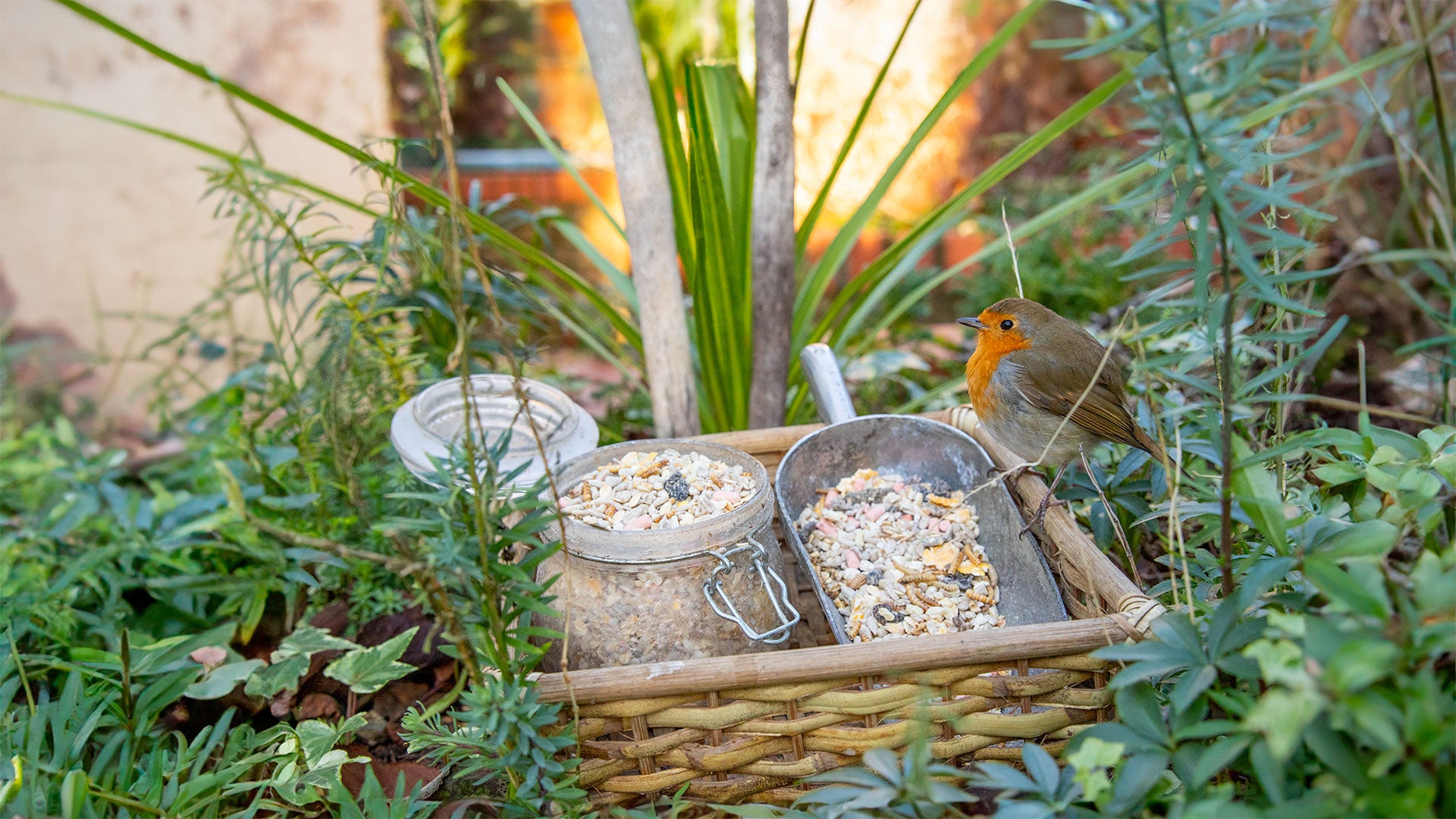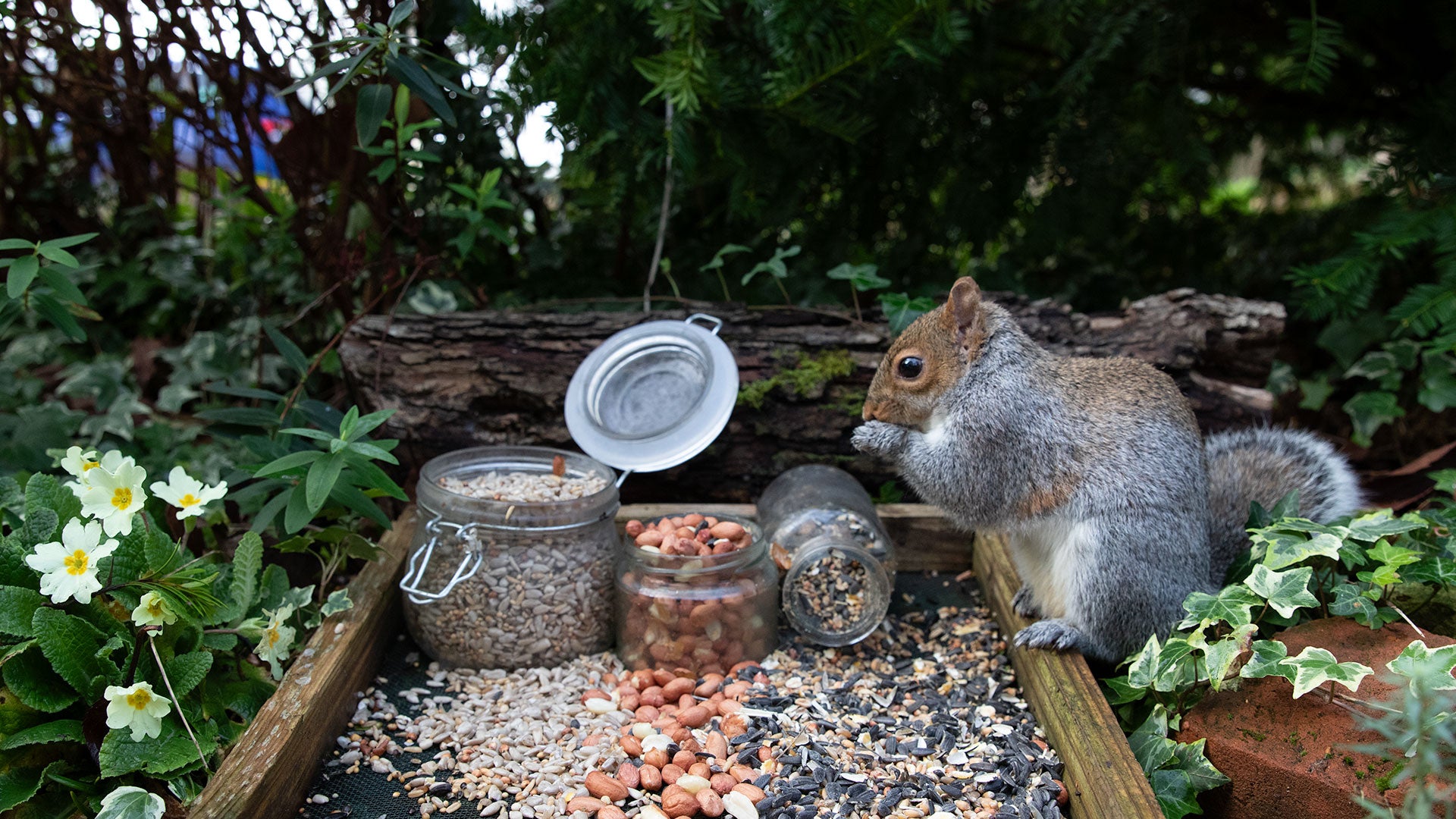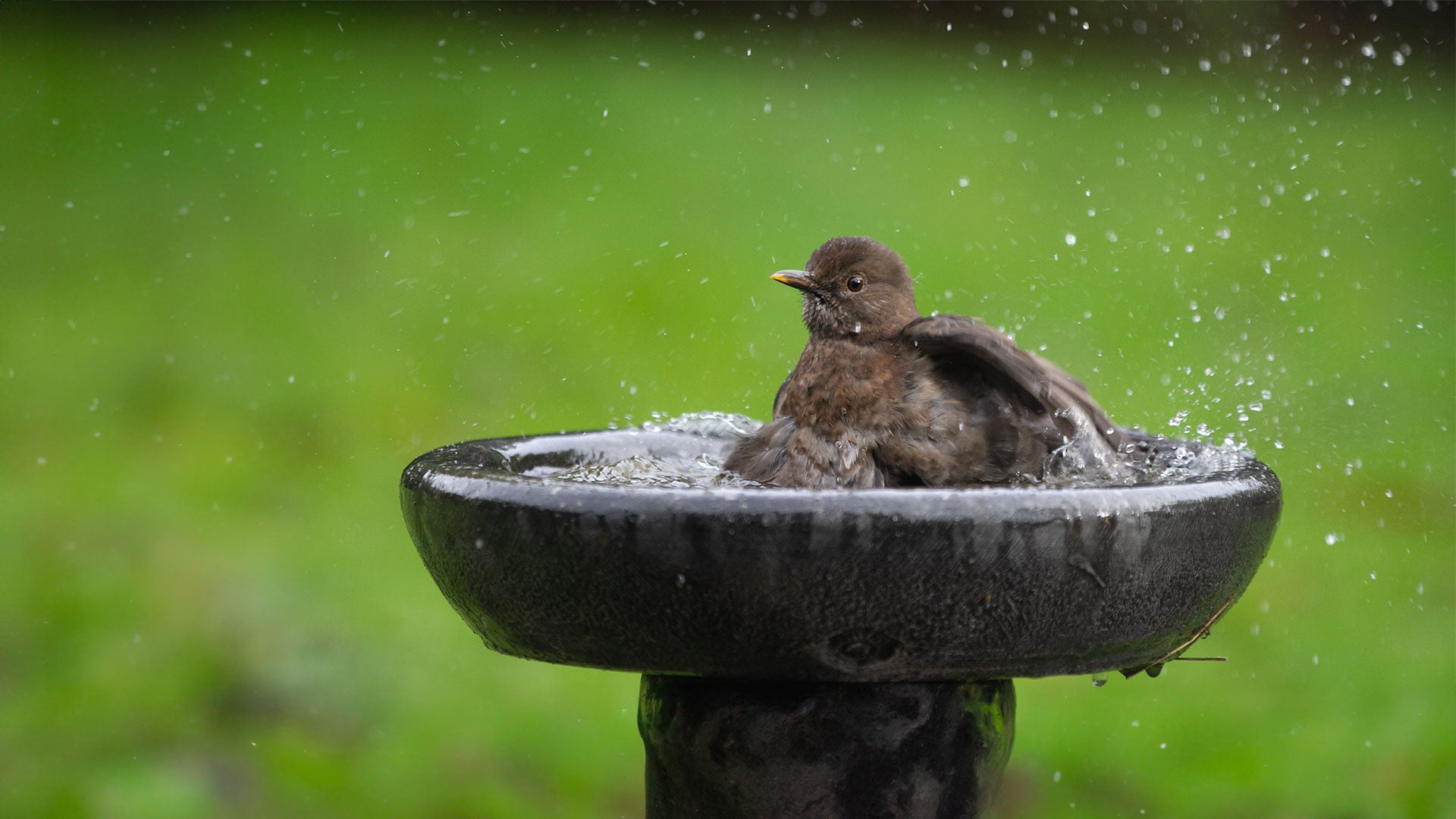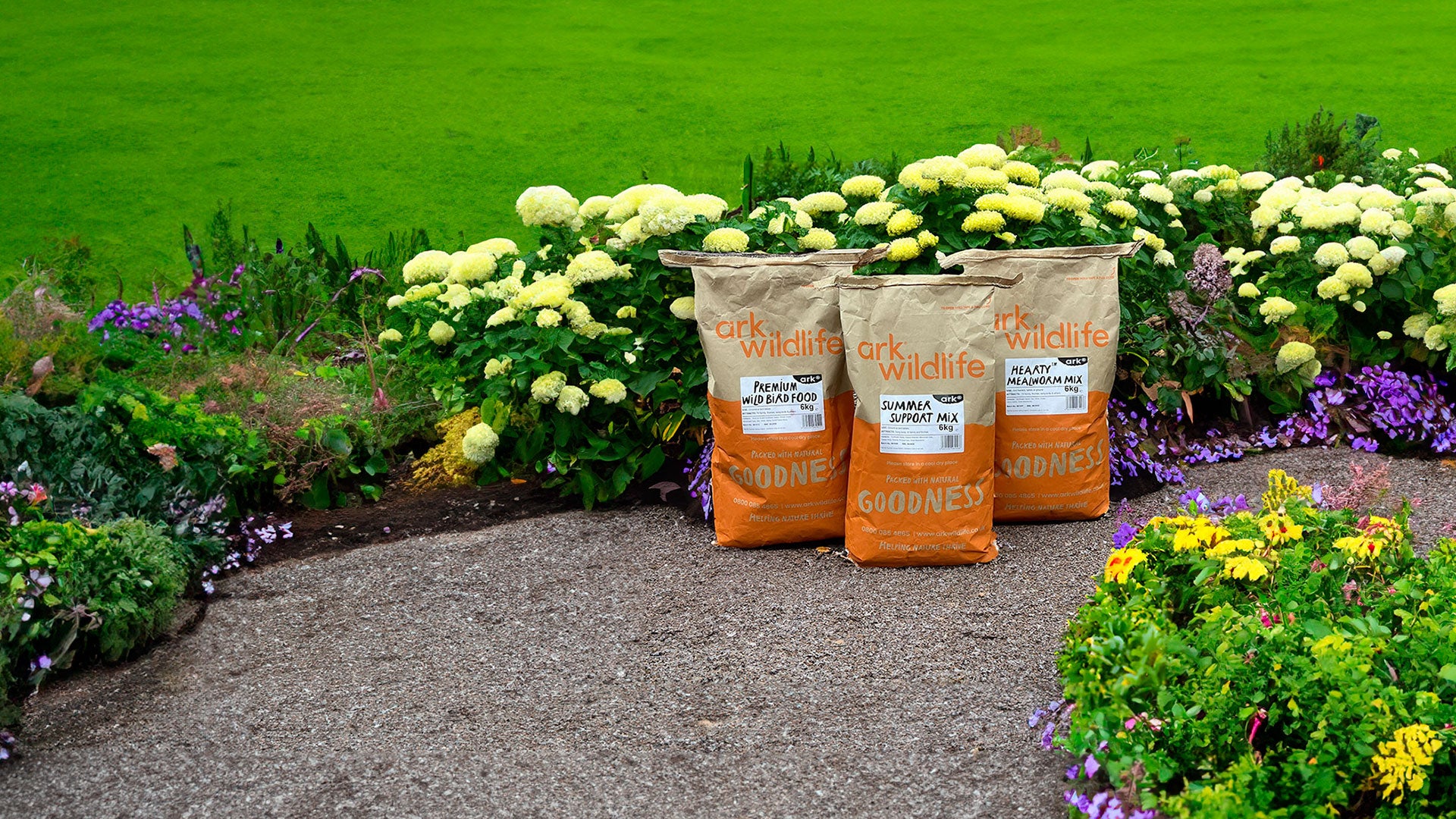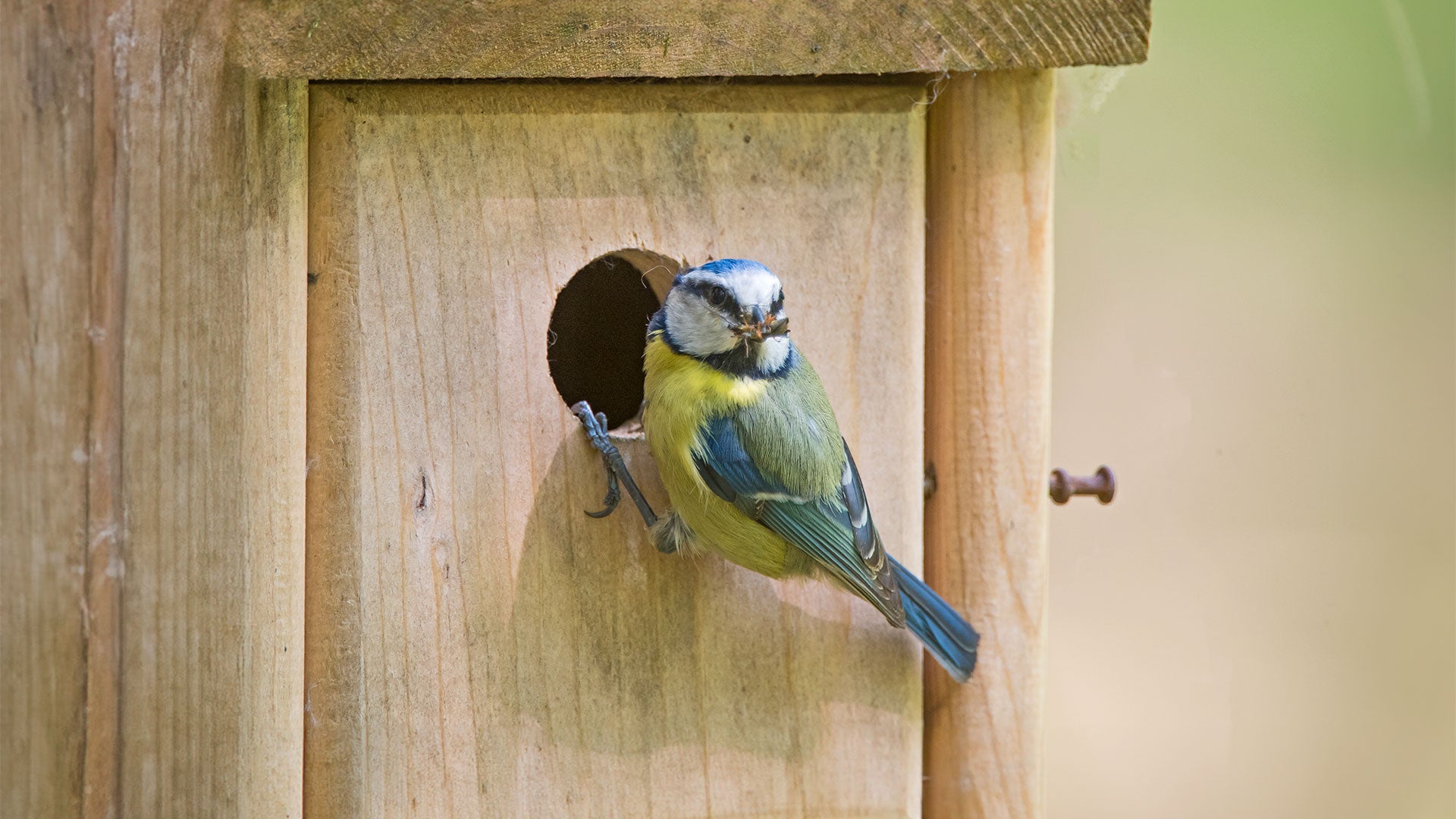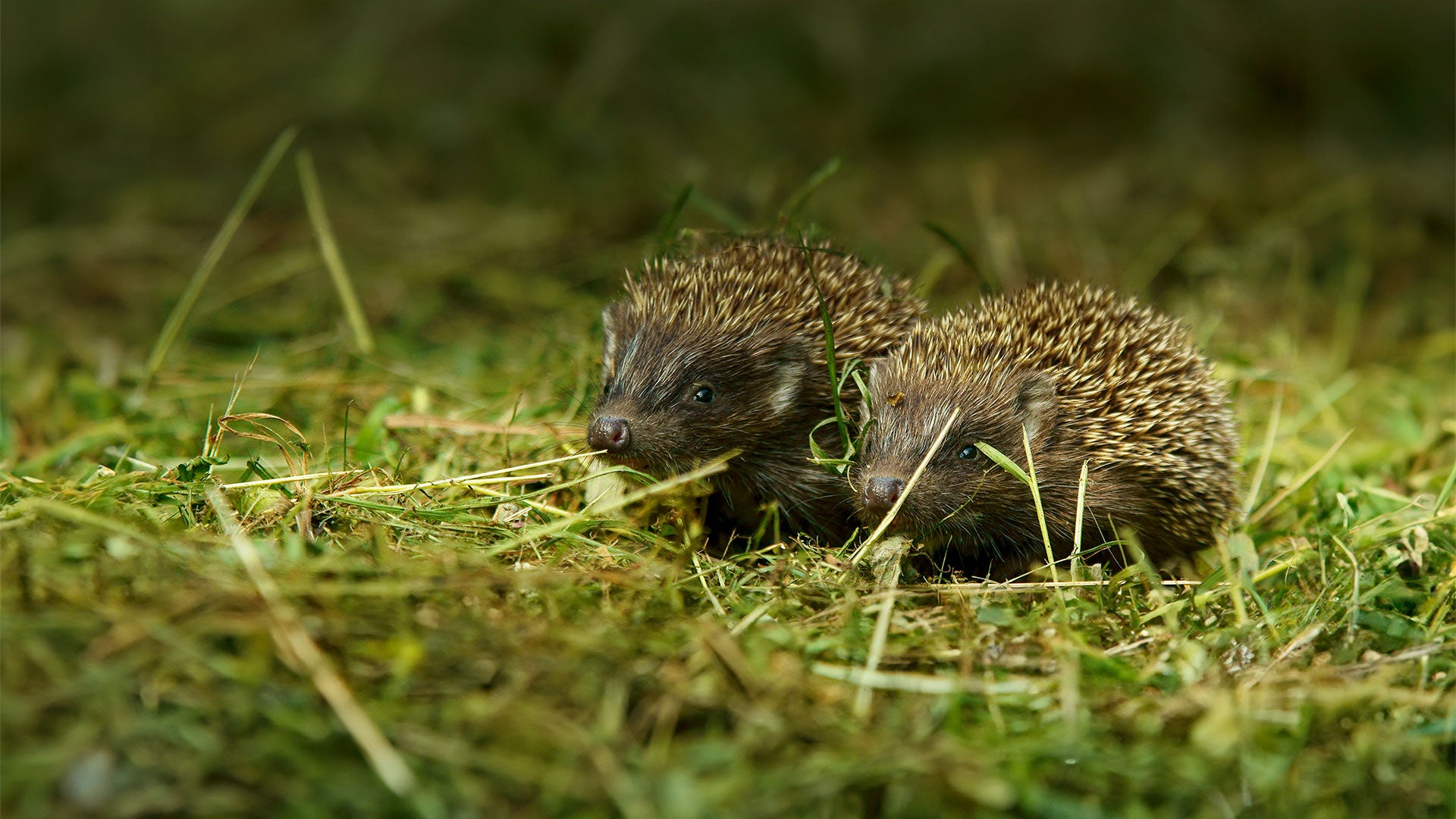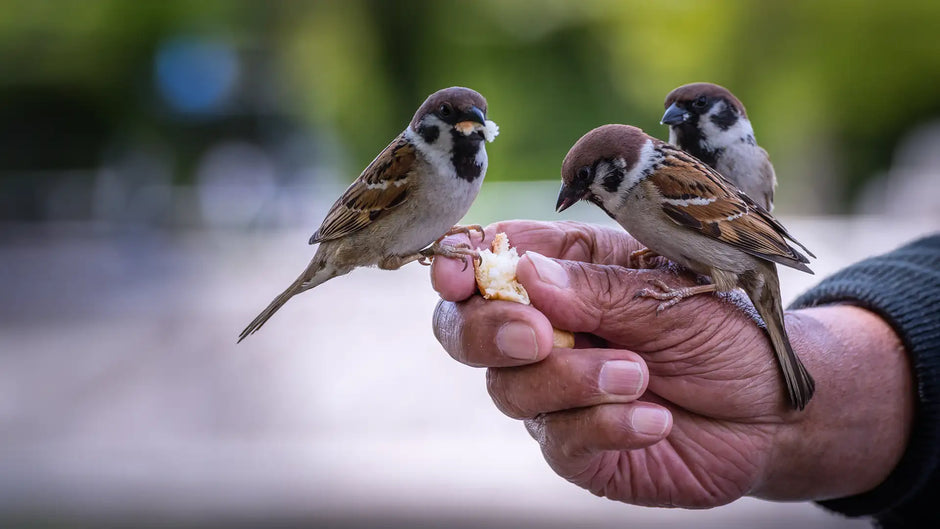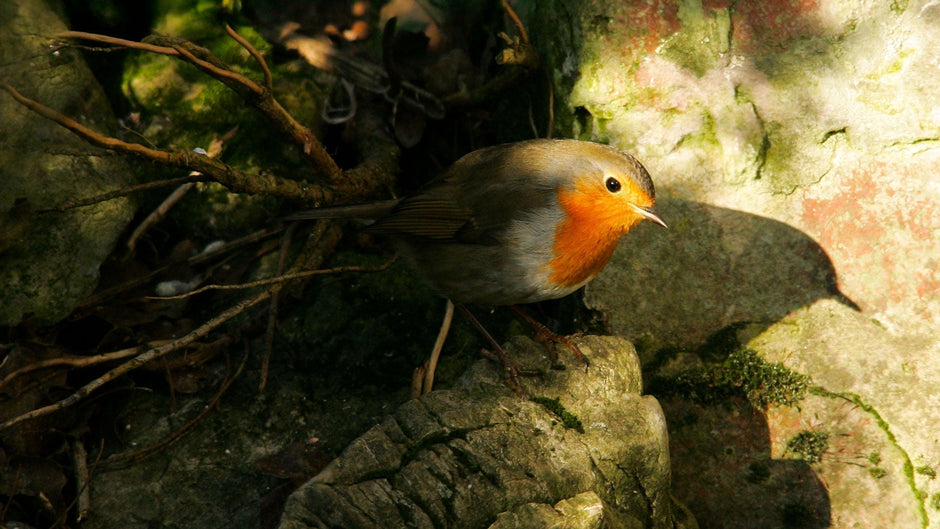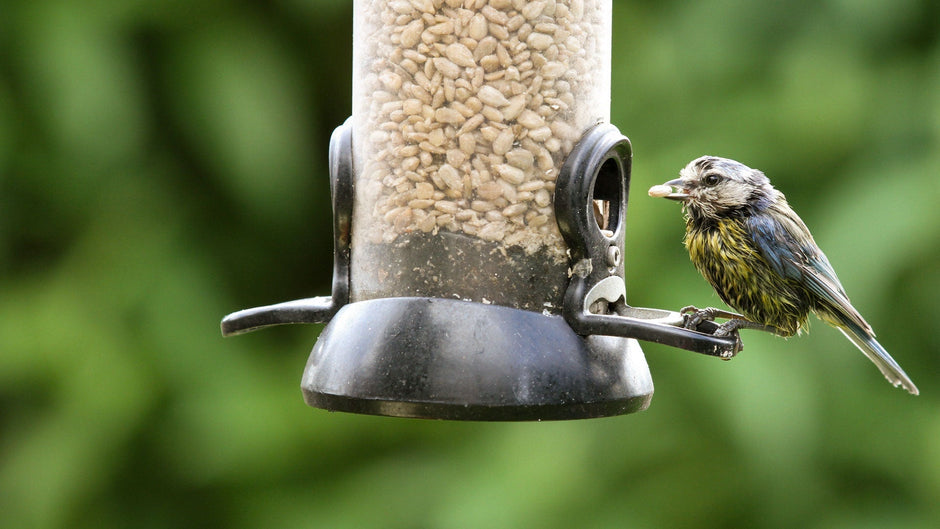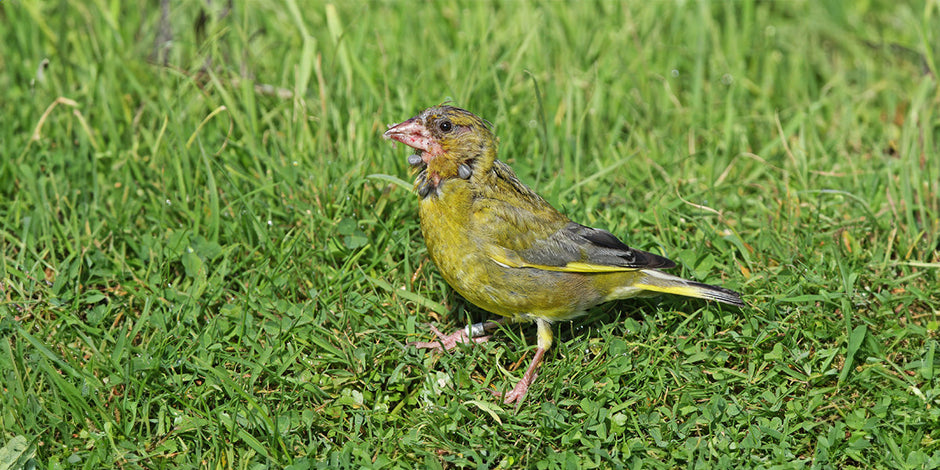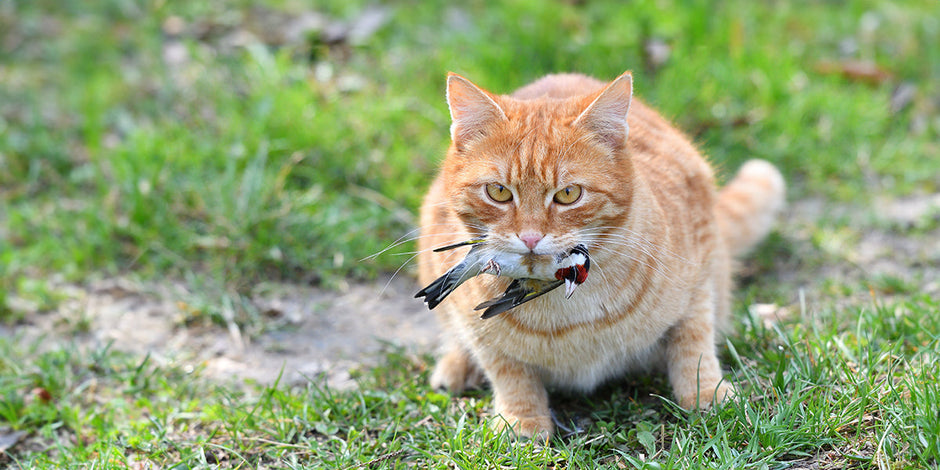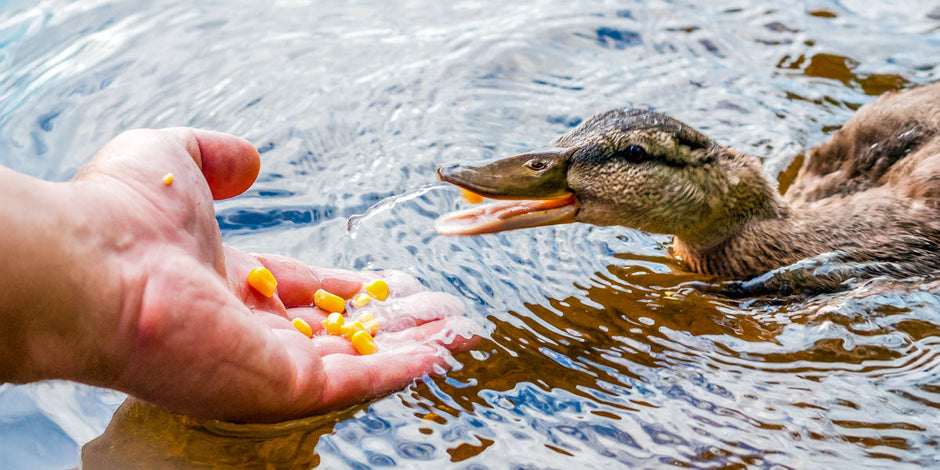Wildflowers aren’t just beautiful - they’re lifelines. As wild spaces shrink, planting native wildflowers in your garden or border can restore lost habitats for bees, butterflies, and birds. Better yet, they uplift us too, boosting wellbeing and reconnecting us with nature. From mental health to meadow joy, here’s why wildflowers matter, and how you can help wildlife and yourself with just a handful of seeds.
Wildflowers do far more than paint our gardens with dazzling colour, they're vital food and habitat providers for bees, butterflies, birds, and mammals. They help combat the loss of natural habitats, support human wellbeing and joy, and transform simple borders or meadows into living, breathing havens of nature’s brilliance.
Why Wildflowers Matter
Over the past century, the UK has lost more than 97% of its wildflower meadows, largely due to urban development, intensive agriculture, and routine mowing. This devastation eliminated essential nectar, pollen, and host plants, wiping out many specialist insects and the birds and mammals that relied on them.

Large, brash and colourful species such as cowslip, ragged robin, yellow rattle, knapweed and field scabious — all common sights for generations of British children — are now rare. Many of today’s children may never see them at all. Let alone the petite and subtle beauty of native orchids, those secret treasures only truly appreciated in later adult years and now almost wiped out. This disconnection from wildflowers risks becoming a disconnection from nature itself.
Over the millennia, many insect species specialised to the point where they have target plants on which their caterpillars feed and pupate before hatching into butterflies and moths. With the demise of meadowland and their host species, the populations of butterflies have also fallen. The loss of nectar- and pollen-rich blooms has reduced insect life in general, with a knock-on effect on birds and small mammals. Not only do we lose the flowers, but also the great biodiversity they support. This matters because we cannot have one without the other: kill the plants and we lose the insects, and vice versa.
Planting native wildflowers restores this critical web. Small patches, window boxes, or full meadow mixes can revive biodiversity, offer mental health boosts, and create joyful outdoor spaces. Studies show colourful meadows and gardens raise positive feelings and reduce stress, releasing serotonin and encouraging time in nature.

Boosting Biodiversity in Your Garden
- Attract pollinators: Bees, butterflies, hoverflies, and moths rely on diverse spring-to-fall blooms.
- Sustain birdlife & small mammals: Birds visit for seeds and shelter, while hedgehogs and mammals find food and nesting cover.
- Create wildlife corridors: Wildflower borders bridge urban green spaces for insects and birds alike.
- Enhance soil & pest control: Flowers like marigold and eryngium support beneficial insects that eat garden pests.
Wellness from Wildflower Meadows
Walking through a wildflower meadow border, you breathe in floral aromatics like phlox, clover, and calendula. Studies show such environments lower heart rate and blood pressure, and increase feelings of calm and creativity. For gardeners, wildflower planting becomes a meditative and uplifting practice, and it's good for pollinators too!
Spending time in colourful outdoor spaces, even modest ones, has a measurable effect on our wellbeing. It reconnects us to natural rhythms and offers a retreat from the stress of modern life. A garden brimming with wildflowers isn’t just a sanctuary for wildlife, but for the soul too.
Choosing the Right Wildflower Seed Mix
We offer a selection of native wildflower seed mixes ideal for different aims:
- Flowers for Bees – easy to grow and full of colour, they can be used in pots, flower borders, wildlife gardens and even waste ground.
- Beneficial Insect Mix – this mix is designed to enhance any flower border, while providing maximum nectar and pollen to wildlife including; bees, butterflies, moths, and many other beneficial insects.
- Flowers for Birds Mix – annual flowers and grasses that attract insects through the summer and provide nutritious edible seeds throughout autumn and winter.
- Cottage Garden Mix - big, bright and beautiful blooms throughout spring and summer that are equally attractive to bees and butterflies as they are to human eyes and noses.
These mixes grow beautifully in pots, borders, or full meadow areas - just sow, water while establishing, and enjoy the vibrant return of nature.

Tips for a Successful Wildflower Border
- Choose native species: They’re best for local wildlife and soil conditions.
- Prepare the soil: Remove weeds and loosen topsoil for better seed establishment.
- Sow at the right time: Spring or autumn works best for most species.
- Manage smartly: Let flowers self-seed. Cut back in autumn, leaving the stems where they fall for overwintering insects. Re-seed thin patches annually.
- Avoid chemicals: Skip herbicides and pesticides, they wipe out pollinators and soil life.
Native Garden Wildflower FAQs
What wildflowers attract bees and butterflies?
Native blooms like foxgloves, knapweed, ox-eye daisies, and red campion are top pollinator magnets, offering nectar and larval host plants. See more details above.
How tall do wildflower meadows grow?
Traditional wildflower meadows consist of a mix of grasses and flowers. All compete for light but range from a few inches to over 3 feet tall. Annuals tend to be shorter than their biannual and perennial cousins. Choose mixes based on garden size and maintenance preferences.
Can wildflowers improve mental health?
Yes, studies link exposure to flower-rich green spaces with reduced stress, enhanced mood, focus, and creativity. Added to this the colour, scent, and feel of a wildflower meadow or verge occupies multiple senses, creating a greater feeling of calm.
Are wildflowers low maintenance?
Generally, yes, once established. They thrive with occasional watering and an annual cut-back. They require no feeding or replanting every year. Pick perennials or prolific self-seeders for even lower maintenance requirements.
When is the best time to sow wildflower seeds?
Aim for spring (March–May) and autumn (September–October) when temperatures are moderate and moisture encourages germination. Seeding twice a year lengthens the flowering season for each species.
Can wildflowers attract unwanted pests?
Healthy wildflower areas attract beneficial insects that keep pests in check. Avoid pesticide use to maintain balance.
How do wildflowers benefit birds?
Wildflowers are a critical resource for birds. They provide food through leaves and seeds, they are host to insect larvae and caterpillars which birds need during the breeding season. They also attract spiders and beneficial insects which are also food for birds throughout the year. They even provide necessary nesting materials to keep eggs and chicks snug and safe. It is always worth planting some native flower species, no matter how small your plot.
Final Thoughts
There’s a profound satisfaction in watching a once-empty border burst to life with wildflower blooms but the ripple effects run deeper. You’re healing landscapes, supporting wildlife, and nurturing your own wellbeing. Whether it’s a few potted blooms or a meadow-sized dream, planting wildflowers is a simple yet powerful act of restoration, joy, and hope.

